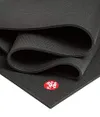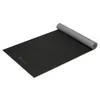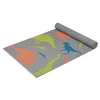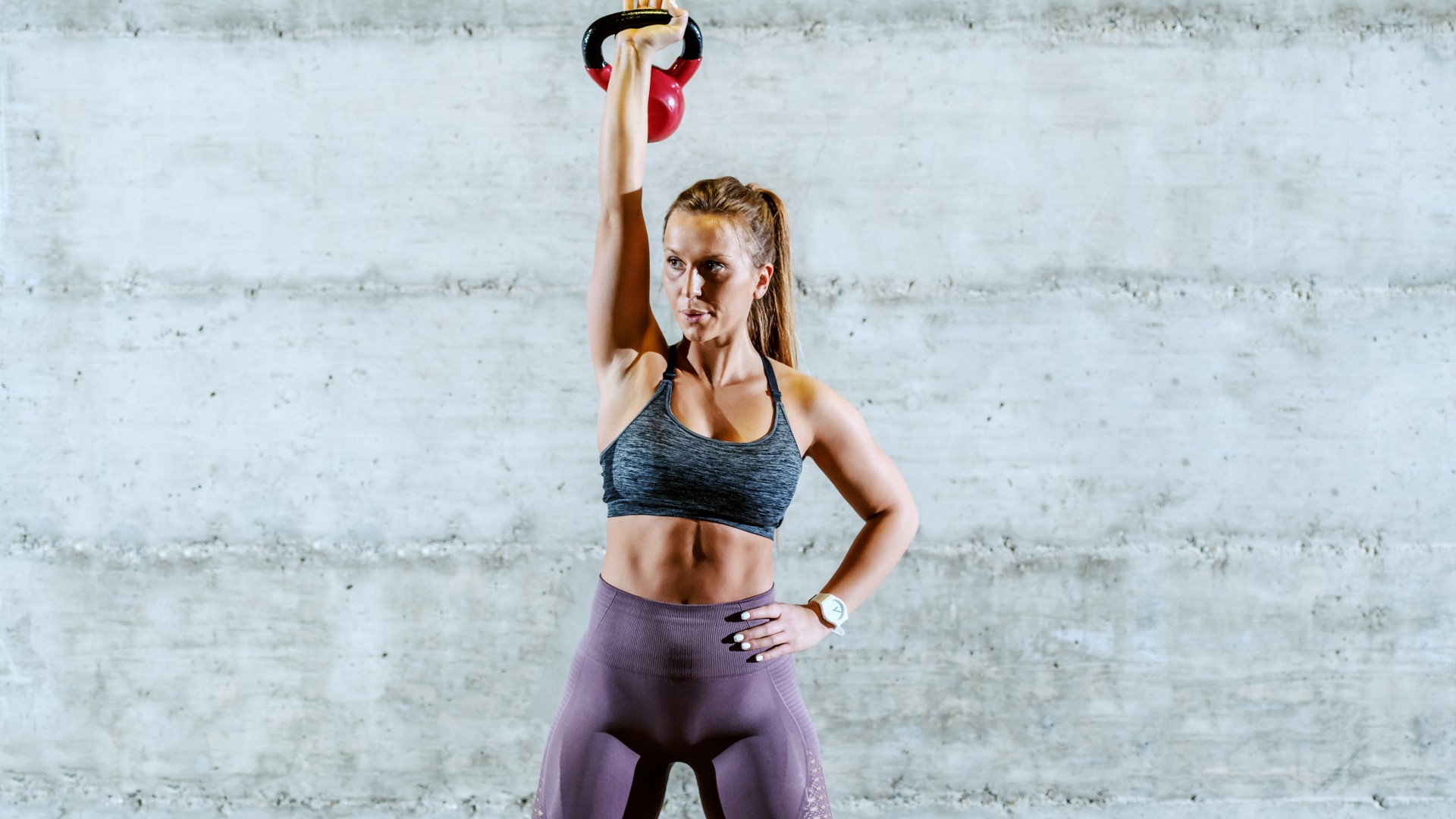
What if I told you that unsticking your shoulders doesn’t have to be complicated? This one-minute mobility exercise releases tight shoulders and triceps and helps open your spine.
You can perform this exercise as a standalone drill or as part of your warm-up mobility routine using one of the best yoga mats to support your knees. Over time, practicing movements like this will improve overhead function and overall motion — think exercises that involve shelving or pressing a load over your shoulders, like overhead presses or squats.
The stability required for lifting heavy weights requires a combination of shoulder strength and range of motion, which isn’t just down to your shoulders, but also depends on thoracic and mid to upper back mobility. The stronger and more mobile your upper body, the easier you’ll find it to lift and hold weight.
Here’s the drill, the benefits and how to perform it step-by-step.
What is the one-minute exercise for strengthening shoulder mobility?
A post shared by Sam (@hopes_coaching)
A photo posted by on
You’ll need a bench, sofa, or table and a yoga block, PVC bar, or a towel. Start in a kneeling position and place the table in front of you. Here’s how to stretch out your shoulders properly:
- Start on your knees
- Place both elbows on the table, shoulder-width distance apart
- Grip the band (or similar) with both hands using a grip angle of your choice
- Gently pull against it to create tension. Whatever you hold, ensure there’s no slack
- Slowly lower your chest and stomach toward the ground and send your gaze downward, keeping your neck neutral
- Slowly draw your hands backward toward your shoulders as far as you can until you feel a deep stretch in your triceps
- Hold for 15-30 seconds, release and repeat for several rounds.
What are the benefits?
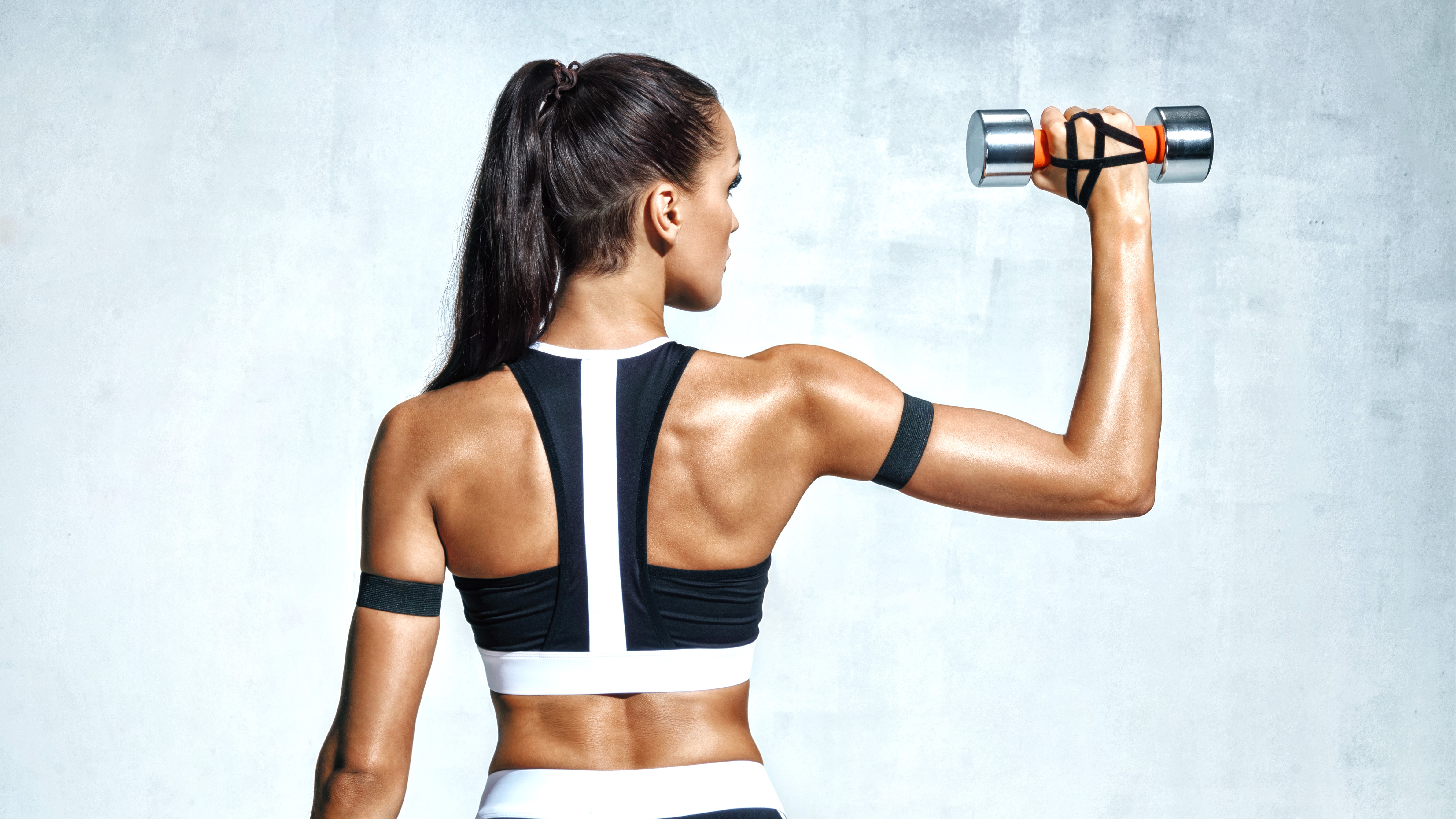
Firstly, there’s nothing wrong with downward-facing dog – in fact, I use downward dog variations all the time in my mobility programs. However, while downward dog has many benefits, including stretching your triceps, shoulders and upper back, this exercise allows you to get deeper into the joints and muscles.
You can perform this drill as a mobility exercise — moving in and out of the exercise for 8 to 12 reps — or hold the stretch as I demonstrate. Combining both methods into your weekly routine is effective for healthy flexibility and range of motion.
To boost overhead mobility, focus on your thoracic spine and shoulders, strengthening and stretching your chest, mid to upper back, spine and all three shoulder heads — lateral, medial and posterior.
Most fitness and health professionals will identify tight shoulders and chest muscles as a leading contributor to poor posture in conjunction with weak or underused back muscles, so a routine that identifies and corrects these weaknesses may help you unlock better movement mechanics.
We don’t realize how much range our shoulders have the potential for; think about gripping a barbell across your upper back for a back squat and your ability to pull your elbows back to set up correctly for the movement.
Or, think about holding a dumbbell overhead as you walk, lunge, or squat. You must be able to position your shoulder to shelf the weight safely and with stability. You can even take the example of an everyday movement we barely think about — simply touching your back with your fingertips to scratch an itch, maybe.
I like to think of mobility and stretching as preventative measures rather than a solution to existing issues, although it's worth having them as a solution, too. Try incorporating exercises like this into your weekly routine for the best results, preferably before workouts or after sitting for prolonged periods.
And don't be disheartened if it takes time to improve. I only started drilling into my mobility techniques a few years ago, and have begun seeing the results in my overhead squat mechanics recently. That said, you should notice some progression within a month or two.
If you notice prolonged pain or pinching while performing this exercise, particularly if you have a diagnosed injury or illness, stop immediately and seek medical advice if pain persists.
More from Tom's Guide
- Forget sit-ups — it only takes 15 minutes and 1 dumbbell to build a strong core
- I walked 6,500 steps with the Galaxy Watch 7 vs Garmin Vivoactive 6 — this was more accurate
- Do you find squats uncomfortable? I've ditched stretches for duck walks to build lower-body mobility, strength and stability.
Sign up to get the BEST of Tom's Guide direct to your inbox.
Get instant access to breaking news, the hottest reviews, great deals and helpful tips.

Sam Hopes is a level 3 qualified trainer, a level 2 Reiki practitioner and fitness editor at Tom's Guide. She is also currently undertaking her Yoga For Athletes training course.
Sam has written for various fitness brands and websites over the years and has experience across brands at Future, such as Live Science, Fit&Well, Coach, and T3.
Having coached at fitness studios like F45 and Virgin Active and personal trained, Sam now primarily teaches outdoor bootcamps, bodyweight, calisthenics and kettlebells.
She also coaches mobility and flexibility classes several times a week and believes that true strength comes from a holistic approach to training your body.
Sam has completed two mixed doubles Hyrox competitions in London and the Netherlands and finished her first doubles attempt in 1:11.
You must confirm your public display name before commenting
Please logout and then login again, you will then be prompted to enter your display name.





